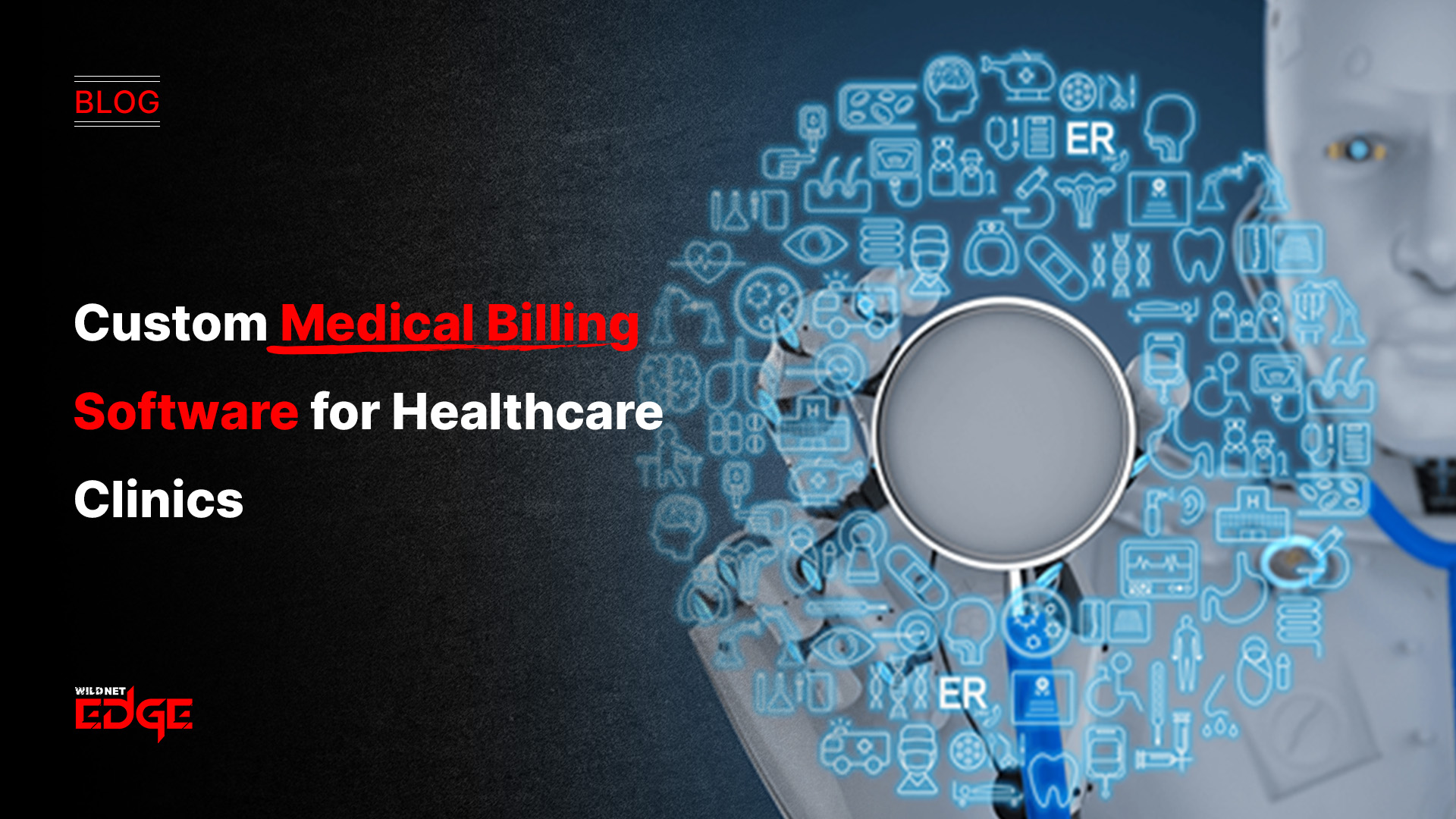Every successful ecommerce empire begins with a single, powerful idea. For an entrepreneur, the vision is often a grand one: a beautifully designed website with a vast product catalog, a seamless mobile app, and a host of innovative features that will delight customers and disrupt the market. The temptation is to spend months, or even years, meticulously building this “perfect” platform before launching it to the world. Unfortunately, this is one of the most common and fatal mistakes a startup can make. All too often, founders burn through their precious capital building a product that nobody actually wants.
There is a smarter, leaner, and more effective way to begin. The solution lies in embracing the Minimum Viable Product (MVP) approach. For a new online business, building an MVP for ecommerce is not a compromise; it is the most strategic and capital-efficient path to market. It’s about focusing on the one thing that truly matters: validating your core business idea with real, paying customers as quickly as possible.
What is an MVP for Ecommerce?
A Minimum Viable Product (MVP) is the simplest, most stripped-down version of your product that can still be released to the public. In the context of ecommerce, this means building an online store with only the absolute essential features required to allow a customer to browse products, add them to a cart, and successfully complete a purchase. The key word here is “Viable.” An MVP is not just a landing page or an ecommerce product prototype; it is a fully functional, transaction-ready business.
The core philosophy of an MVP is to get a real product into the hands of real users as fast as possible in order to learn. It is an experiment designed to answer the most critical business questions: Is there a market for my product? Are customers willing to pay for it? What features do they actually care about? Building an MVP for ecommerce is about prioritizing learning over perfection. This strategic approach to product launch is a core specialty of an experienced MVP Development Company.
Relevance in 2025: The Lean Startup Mentality
The MVP approach, born from the lean startup movement, is more relevant in the hyper-competitive ecommerce landscape of 2025 than ever before. The cost of customer acquisition through digital advertising is at an all-time high, and the market is saturated with competitors in almost every niche. In this environment, startups cannot afford to waste time or money building on unproven assumptions.
An MVP forces discipline and focus. It shifts the goal from “building a perfect store” to “achieving validated learning.” This mindset is crucial for survival. By launching quickly with a focused product, you can begin gathering real-world data and customer feedback immediately, allowing you to make smarter, data-driven decisions about where to invest your limited resources next. This iterative process is the heart of a successful agile MVP strategy.
Benefits of the MVP Approach
Choosing to build an MVP for ecommerce over a full-featured platform offers a host of strategic advantages that can mean the difference between success and failure for a startup.
Faster Time-to-Market
This is the most direct benefit. By drastically reducing the initial feature set, you can shorten the development timeline from a year or more down to just a few months, or in some cases, even weeks. This speed allows you to start engaging with your market, building a brand presence, and generating revenue far sooner than your slower-moving competitors.
Significant Cost Reduction
Development costs are directly proportional to complexity and time. By focusing only on the core, essential features, you significantly reduce the initial financial outlay required to launch your business. This preserved capital is invaluable for a startup, as it can be reallocated to other critical areas like marketing, inventory, and customer acquisition.
Real-World Market Validation
Surveys, focus groups, and market research are all valuable, but they are no substitute for a real transaction. The ultimate validation for your business idea is a customer pulling out their credit card and making a purchase. An MVP is the fastest way to get to this point. It moves your idea from the realm of theory to the world of practice, providing undeniable proof that you have a viable business. An ecommerce product prototype can gauge interest, but an MVP proves demand.
Building a Customer-Centric Product
One of the biggest risks in product development is building features that you think customers want, only to find out they don’t care about them. The agile MVP process is designed to prevent this. You launch with a core set of features and then use the feedback from your early adopters to guide your development roadmap. This ensures that every new feature you build is a direct response to a real, expressed customer need, guaranteeing you don’t waste resources on unnecessary development.
How to Define Your Ecommerce MVP: Core vs. Future Features
The key to a successful MVP is being ruthless in your prioritization. The goal is to identify the absolute minimum feature set required for a user to complete the core loop: Discover a product, decide to buy it, and pay for it. Everything else is a “nice-to-have” that can be added later.
| Feature Category | Core MVP Features (Must-Haves) | Future Features (Nice-to-Haves) |
| Product Display | High-quality product images, clear descriptions, price | 360-degree product views, AR try-on, customer video reviews |
| Shopping Cart | Add to cart, view cart, update quantities | Saved carts for later, persistent cart across devices, wish lists |
| Checkout | Secure single-page checkout, guest checkout option | One-click purchasing, multiple saved shipping addresses |
| Payments | Integration with one or two major gateways (e.g., Stripe, PayPal) | Multiple payment options (Apple Pay, Google Pay), “buy now, pay later” integrations |
| User Accounts | Simple registration and basic order history | Social media logins, detailed profile customization, saved payment methods |
| Admin Panel | Manual order management, basic product and inventory management | Advanced analytics dashboard, marketing automation tools, CRM integration |
This table illustrates the disciplined focus of an MVP. It’s not about launching a bare-bones or “bad” product; it’s about launching a focused one.
The Agile MVP Process After Launch
The launch of your MVP is not the end of the project; it is the beginning of the most important phase: the Build-Measure-Learn feedback loop. This is the heart of the agile MVP philosophy.
- Build: You have launched the core product.
- Measure: You now use analytics tools, heatmaps, user surveys, and direct customer interviews to gather quantitative and qualitative data on how people are using your site.
- Learn: You analyze this data to gain insights. Where are users getting stuck? What features are they asking for? What products are most popular?
This learning is then used to prioritize your feature backlog. You take the most important insights and use them to decide what to build in your next development sprint. This iterative cycle of continuous improvement, guided by real customer data, is what turns a simple MVP into a mature and successful ecommerce platform. This is where a long-term partnership with an Ecommerce Development Company that understands this process is invaluable. A skilled Product Development Company excels at managing this iterative roadmap. Over time, as your business grows, this may even evolve into needing a Custom App Development Company to build a mobile presence.
Conclusion
In the high-stakes world of ecommerce startups, the MVP approach is more than just a development methodology; it is a business survival strategy. It forces discipline, prioritizes learning, and de-risks the monumental challenge of launching a new venture. By starting with a focused MVP for ecommerce, you replace risky, assumption-based decisions with data-driven insights, ensuring that your business is built on a solid foundation of validated customer demand.
At Wildnet Edge, we believe the journey from MVP to market leader is an intelligent one. Our AI-first approach recognizes that the data you collect from your MVP is the most valuable asset you have. We architect your MVP from day one not just to process transactions, but to be a powerful data-gathering engine. This early data then becomes the fuel for the sophisticated AI features that will define your future success—from personalized recommendation engines and predictive inventory management to intelligent customer support bots. We help you build not just a minimum viable product, but a minimum intelligent product, setting the stage for a smart, self-optimizing business from the very first sale.
FAQs
A prototype is a mockup or simulation of your product, used to test design ideas and user flows. It is not a functional product and cannot process real orders. An MVP is a live, working version of your product with a limited feature set that can be used by real customers to make actual purchases.
The timeline can vary depending on the complexity of the “minimum” feature set, but a typical ecommerce MVP can often be designed, built, and launched in as little as 2 to 4 months, compared to the 8-12+ months that a full-featured platform might take.
No, the agile MVP process is also used by established companies to launch new products or enter new markets. It is a valuable strategy for any business looking to test a new idea and reduce the risk of a large-scale investment.
The single most important feature is a seamless and secure checkout process. No matter how great your products are, if customers cannot easily and safely give you their money, the entire business will fail.
For many simple ecommerce businesses, a platform like Shopify is an excellent way to create an MVP quickly and cost-effectively. You should consider a custom-built MVP if your business has a unique business model, complex product customization needs, or a long-term vision that will require a highly scalable and flexible technology stack.

Nitin Agarwal is a veteran in custom software development. He is fascinated by how software can turn ideas into real-world solutions. With extensive experience designing scalable and efficient systems, he focuses on creating software that delivers tangible results. Nitin enjoys exploring emerging technologies, taking on challenging projects, and mentoring teams to bring ideas to life. He believes that good software is not just about code; it’s about understanding problems and creating value for users. For him, great software combines thoughtful design, clever engineering, and a clear understanding of the problems it’s meant to solve.
 sales@wildnetedge.com
sales@wildnetedge.com +1 (212) 901 8616
+1 (212) 901 8616 +1 (437) 225-7733
+1 (437) 225-7733































